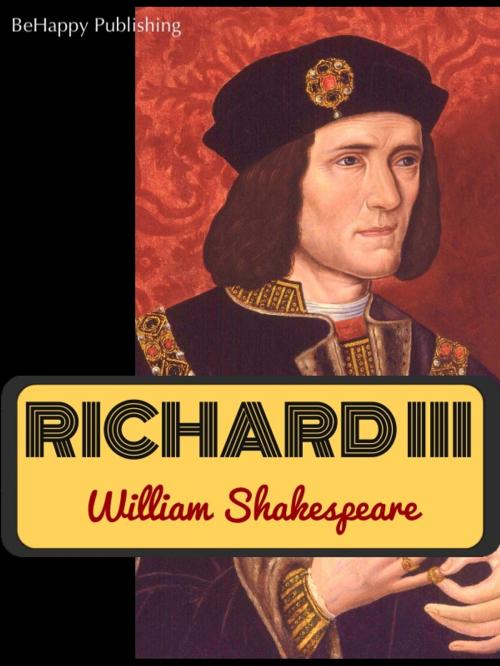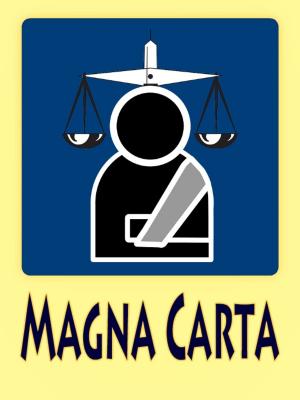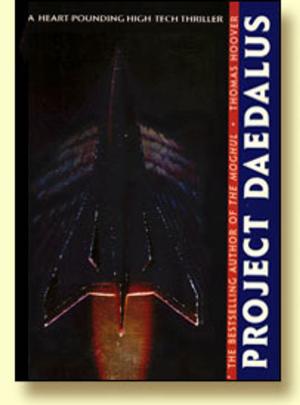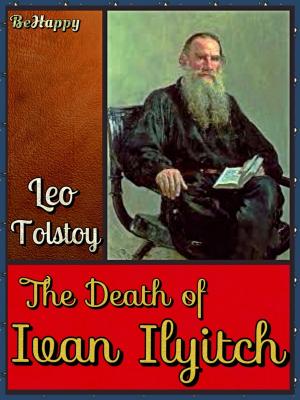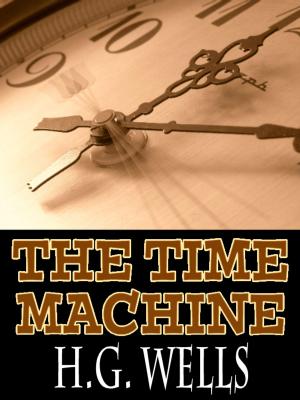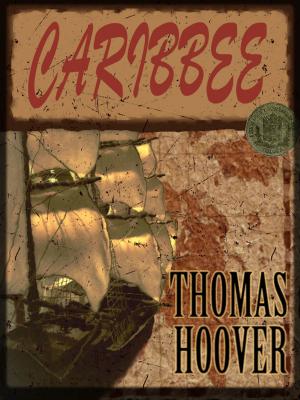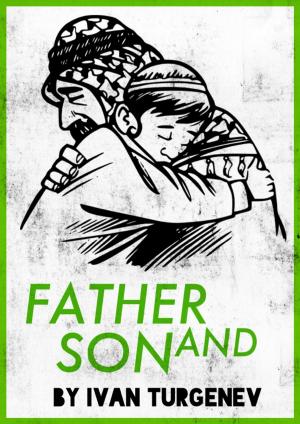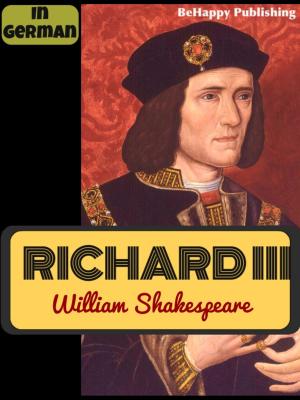Richard III with free audiobook link (King Richard III)
The Tragedy of King Richard III
Fiction & Literature, Poetry, British & Irish, Nonfiction, Entertainment, Drama, Shakespeare| Author: | William Shakespeare | ISBN: | 1230000127847 |
| Publisher: | BeHappy Publishing | Publication: | April 25, 2013 |
| Imprint: | Language: | English |
| Author: | William Shakespeare |
| ISBN: | 1230000127847 |
| Publisher: | BeHappy Publishing |
| Publication: | April 25, 2013 |
| Imprint: | |
| Language: | English |
Free audiobook link + Interactive table of contents
Richard III is a drama in five acts by William Shakespeare. The play is an unflattering depiction of the short reign of Richard III of England, and is believed to have been written in approximately 1591. The play is sometimes classified as a tragedy (as in the earliest quarto); but it more correctly belongs to the histories, as classified in the First Folio. It picks up the story from Henry VI, Part III and concludes the historical series that stretches back to Richard II. After Hamlet, it is Shakespeare's second longest play and is the longest of the First Folio, whose version of Hamlet is shorter than the Quarto version. The length is generally seen as a drawback, for which reason it is rarely performed unabridged. It is often shortened by cutting peripheral characters.Another reason for editing is that Shakespeare assumed that his audiences would be familiar with the Henry VI plays, and frequently made indirect references to events in them, such as Richard's murder of Henry VI or the defeat of Henry's queen Margaret. Nowadays the previous plays are less well-known, so the character of Margaret is often cut and extra lines are sometimes invented or added from the trilogy to explain the characters' relationships. Excerpted from Wikipedia, the free encyclopedia.
Free audiobook link + Interactive table of contents
Richard III is a drama in five acts by William Shakespeare. The play is an unflattering depiction of the short reign of Richard III of England, and is believed to have been written in approximately 1591. The play is sometimes classified as a tragedy (as in the earliest quarto); but it more correctly belongs to the histories, as classified in the First Folio. It picks up the story from Henry VI, Part III and concludes the historical series that stretches back to Richard II. After Hamlet, it is Shakespeare's second longest play and is the longest of the First Folio, whose version of Hamlet is shorter than the Quarto version. The length is generally seen as a drawback, for which reason it is rarely performed unabridged. It is often shortened by cutting peripheral characters.Another reason for editing is that Shakespeare assumed that his audiences would be familiar with the Henry VI plays, and frequently made indirect references to events in them, such as Richard's murder of Henry VI or the defeat of Henry's queen Margaret. Nowadays the previous plays are less well-known, so the character of Margaret is often cut and extra lines are sometimes invented or added from the trilogy to explain the characters' relationships. Excerpted from Wikipedia, the free encyclopedia.
